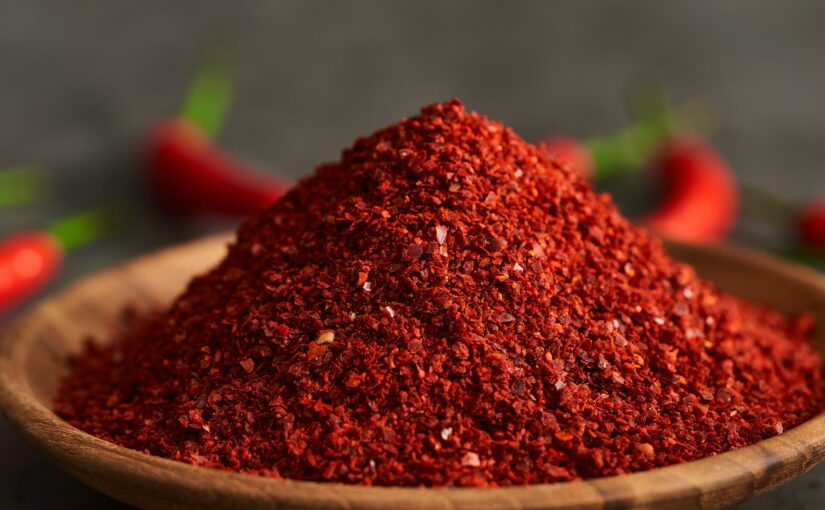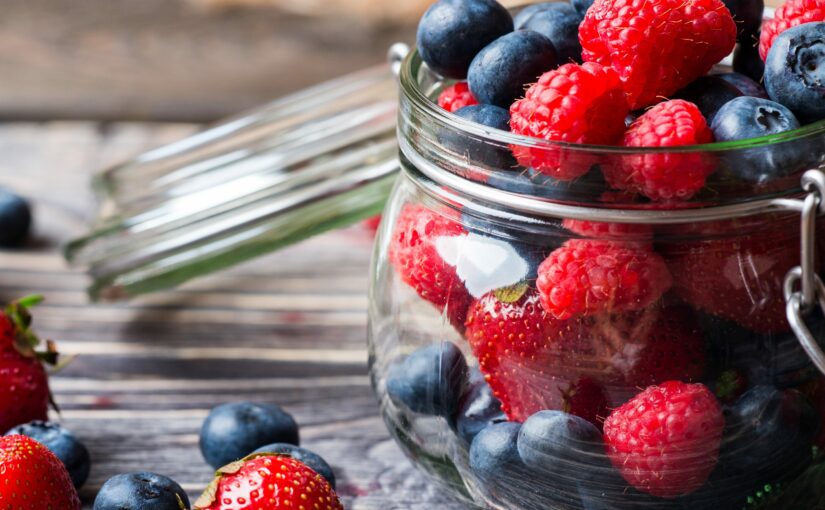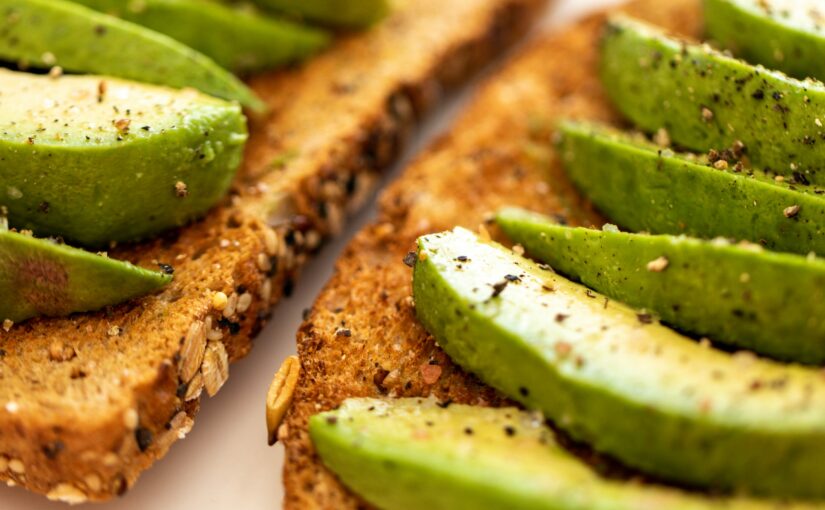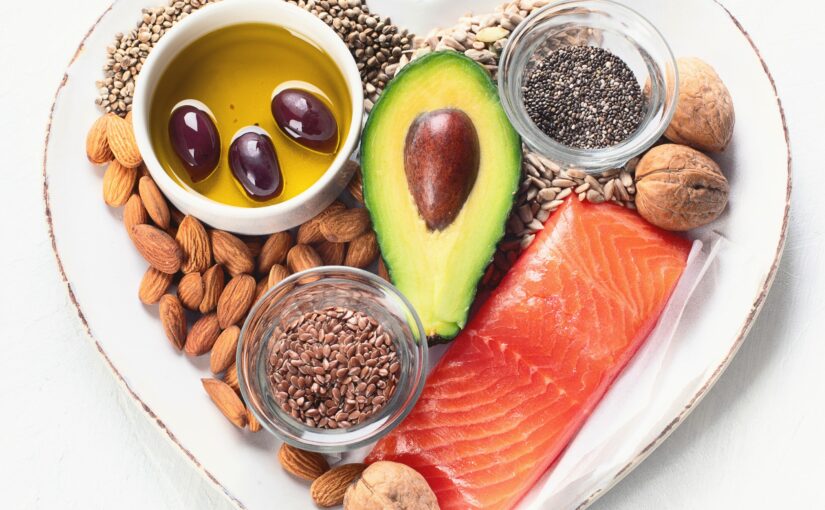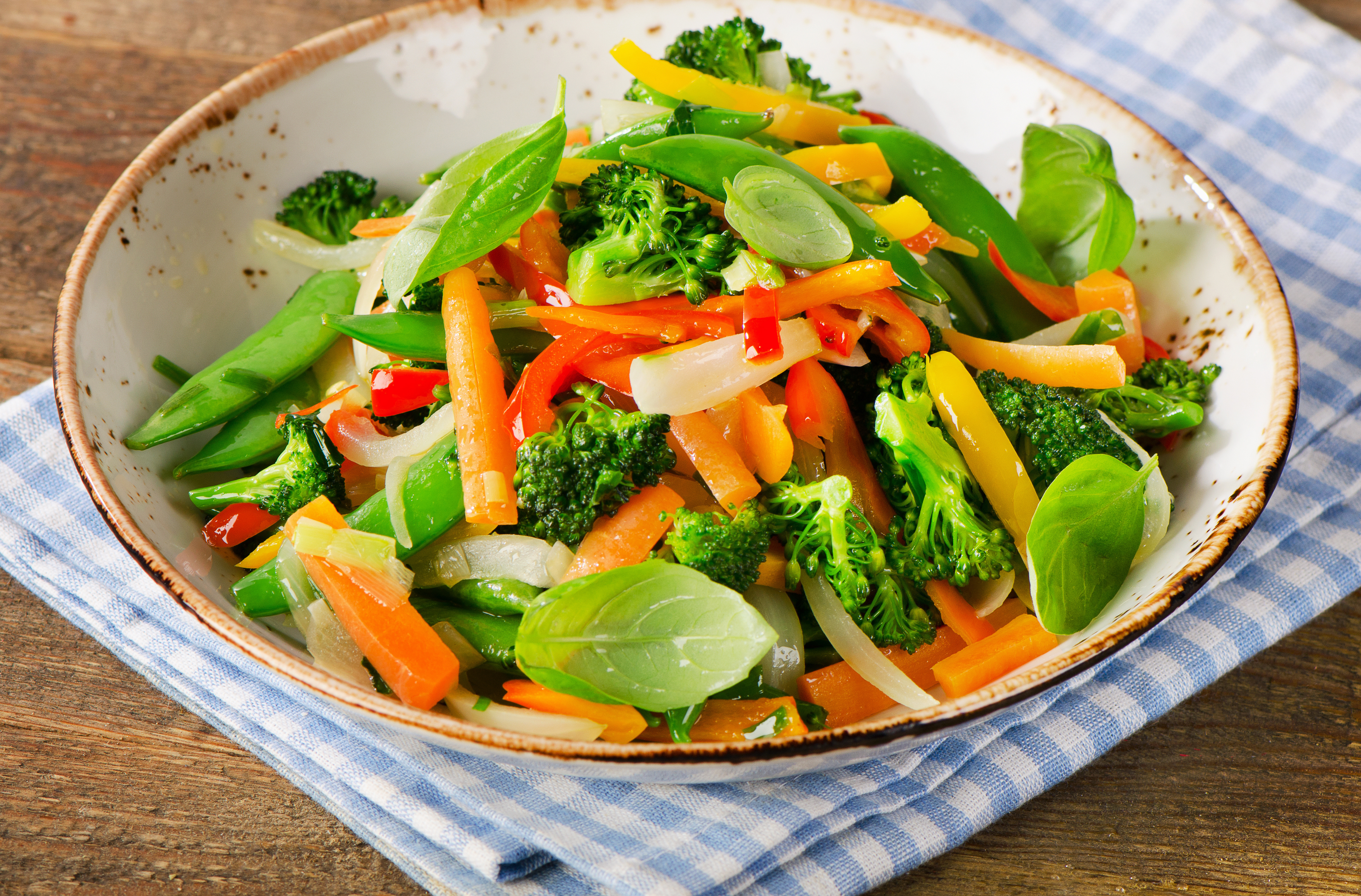The Power of Brown Fat Cells
Eating foods that activate brown fat cells can be the key to fixing your weight problem. These remarkable cells are far from being your average body fat. Unlike white fat, which stores energy and contributes to weight gain, brown fat cells are a metabolic powerhouse. They work completely differently – burning calories instead of storing them. This unique ability to generate heat makes them a key player in managing your body weight and maintaining overall health.
But what exactly are brown fat cells, and how do they function? Brown fat, also known as brown adipose tissue (BAT), is packed with mitochondria, the powerhouses of our cells. These mitochondria give brown fat its characteristic color and are responsible for its calorie-burning capabilities. When activated, brown fat cells consume glucose and fat molecules to produce heat, helping to regulate body temperature in cold environments. This process, known as thermogenesis, not only warms the body but also significantly boosts metabolism, burning calories at an impressive rate.
The potential benefits of activating brown fat cells are enormous, particularly in our battle against obesity and metabolic diseases. In a society where sedentary lifestyles and calorie-rich diets are prevalent, finding natural ways to enhance our metabolism is crucial. This is where brown fat cells step in as a game changer. By activating these cells, we can potentially increase our energy expenditure, aiding in weight management and improving metabolic health.
However, the question remains: how can we activate these cells to harness their benefits? Surprisingly, the answer might lie in our diet. Certain foods and dietary habits have been suggested to stimulate the activity of brown fat cells. By incorporating these into our daily routine, we might be able to enhance our metabolism naturally and boost our energy levels.
So, are you ready to dive deeper into the world of brown fat? Let’s explore how certain foods and lifestyle choices can help activate these powerful cells, turning your body into a more efficient, calorie-burning machine. Join me on this fascinating journey to unlock the secrets of brown fat cells and transform the way we think about our health and body weight management.
Understanding Brown Fat: A Metabolic Marvel
What Are Brown Fat Cells?
Brown fat, scientifically known as brown adipose tissue (BAT), is a special type of body fat activated when you get cold. BAT produces heat to help maintain your body temperature in cold conditions. Brown fat cells are rich in mitochondria, the powerhouses of cells, which give them their brown color. These mitochondria burn calories to produce heat, making brown fat cells incredibly efficient at boosting your metabolism.
The Health Benefits of Brown Fat
Activating brown fat cells can offer several health benefits:
- Enhanced Metabolism: By burning calories, brown fat can help in weight management.
- Improved Glucose Metabolism: It can improve insulin sensitivity and reduce the risk of diabetes.
- Better Temperature Regulation: It helps in maintaining a comfortable body temperature.
Foods That Activate Brown Fat Cells
Cold Temperatures and Brown Fat Activation
Before we delve into foods, it’s important to note that exposure to cold temperatures is one of the most effective ways to activate brown fat cells. This can be as simple as lowering the temperature in your living space or taking cold showers.
Dietary Ways to Boost Brown Fat
Now, let’s explore the dietary choices that can help activate brown fat cells:
-
Healthy Fats: The Good Fat Boost
Omega-3 Fatty Acids: The Ocean’s Gift
- Sources: Fatty fish are treasure troves of omega-3s. Think salmon, mackerel, and sardines. Not a fish fan? No worries! Flaxseeds, chia seeds, and walnuts are great plant-based options.
- Benefits: Omega-3 fatty acids are not just good for your heart; they’re also friends of brown fat cells. Regular consumption of these foods can help in promoting the activity of brown fat, giving you a metabolic advantage.
Olive Oil: The Mediterranean Secret
- What to Know: Olive oil, a staple in the Mediterranean diet, is rich in monounsaturated fats. It’s not just for salads; use it in cooking, or drizzle it over your favorite dishes.
- Brown Fat Connection: These healthy fats are thought to enhance brown fat cell function. A drizzle of olive oil might just be the secret ingredient your brown fat cells need!
Spicy Foods: Heat Up Your Metabolism
Capsaicin: The Chili Factor
- Find It In: Look no further than chili peppers! This compound is what gives chili its fiery kick.
- Metabolic Boost: Capsaicin isn’t just about spicing up your meal; it’s about spicing up your metabolism too. By stimulating brown fat cells, it helps in ramping up calorie burn.
Green Tea: The Calming Metabolism Booster
Catechins: Nature’s Metabolism Enhancers
- The Tea Talk: Green tea isn’t just soothing; it’s packed with catechins. These compounds are famous for boosting metabolism.
- Brown Fat Activation: Regular sipping may increase brown fat activity, making your tea break a strategic move for metabolism.
Iron-Rich Foods: The Brown Fat Energizer
Iron: Essential for Energy
- Top Picks: Spinach, legumes, and red meat are iron powerhouses. Whether you’re a meat-eater or prefer plant-based options, there’s an iron source for you.
- Why It Matters: Iron is crucial for brown fat cells to function at their best. Think of it as the fuel that keeps the brown fat engine running.
Protein-Rich Foods: Building Blocks for Brown Fat
Quality Protein: More Than Muscle
- Protein Powerhouses: Eggs, poultry, and legumes are not just building blocks for muscles; they’re also great for brown fat cell health.
- The Brown Fat Benefit: High-quality protein sources can support the health and activity of brown fat cells, making them a key player in your dietary strategy.
Incorporating Brown Fat-Activating Foods into Your Diet
Embarking on a journey to activate your brown fat cells doesn’t have to be a bland affair. By integrating these powerhouse foods into your meals, you can enjoy a variety of flavors while giving your metabolism a boost. Here’s a breakdown of meal ideas throughout the day to help you rev up those brown fat cells.
Breakfast: A Power-Packed Start
Green Tea & Spinach Smoothie
- Ingredients: Blend green tea (cooled), fresh spinach, a banana for natural sweetness, and a scoop of your favorite protein powder.
- Benefits: This smoothie kick-starts your day with catechins from green tea and iron from spinach, complemented by protein.
Mid-Morning Snack: A Nutty Boost
Omega-3 Rich Nuts
- Snack Idea: A small handful of walnuts or almonds. If you’re feeling adventurous, try a homemade trail mix with flaxseeds and dried berries.
- Advantage: These nuts not only provide a dose of healthy fats but also keep you satiated until your next meal.
Lunch: The Heart of the Day
Salmon Salad with Olive Oil Dressing
- Salad Composition: Mix leafy greens (like arugula or spinach), cherry tomatoes, and grilled salmon. Toss it with an olive oil-based dressing, adding a splash of lemon for zest.
- Why It’s Great: This meal combines omega-3s from salmon and healthy fats from olive oil, ensuring a delicious way to activate brown fat.
Afternoon Snack: Spicy Metabolic Kicker
Spicy Hummus with Veggies
- Snack Suggestion: Homemade hummus with a dash of chili powder or cayenne pepper, served with carrot and cucumber sticks.
- Metabolism Boost: The capsaicin in the chili spices boosts brown fat activity and adds a flavorful punch to your snack.
Dinner: Iron-Rich Satisfaction
Lean Steak with Legumes
- Dinner Plate: Grill or pan-sear a lean cut of steak, and pair it with a side of cooked lentils or black beans.
- Iron-Clad Benefits: The steak provides a hefty dose of iron, vital for brown fat function, while legumes add fiber and additional iron.
Dessert: A Guilt-Free Treat
Dark Chocolate
- Sweet Ending: A small square of dark chocolate (at least 70% cocoa) can be a satisfying end to your day.
- Extra Perk: Besides being a delicious treat, dark chocolate contains compounds that may aid in activating brown fat.
